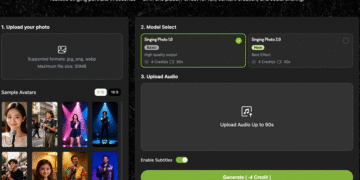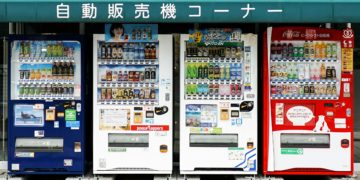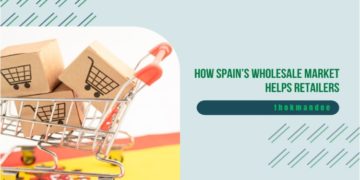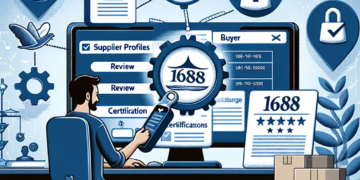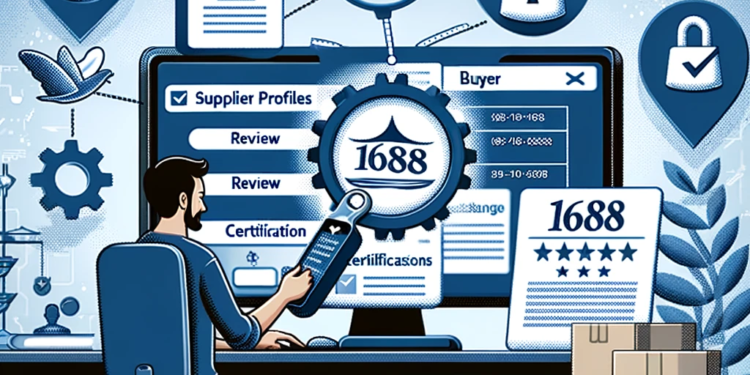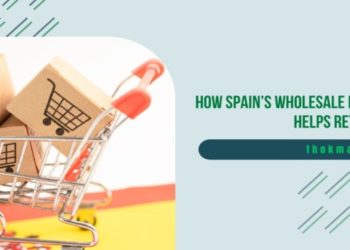You know the feeling, right? It’s 2 a.m., you’re scrolling through 1688.com, and then bam! You spot it – the perfect minimalist wallets for your Shopee store, going for a steal at S$2 each. And your excitement shoots through the roof. Then comes the WeChat message from your Zhejiang supplier, complete with a QR code for payment. Your heart sinks a little. Jessie, a Carousell-turned-Shopee seller, knows this dread all too well. Her DBS app just couldn’t scan that code, leaving her desperate, wondering how to pay her China suppliers.
1. The real cost of “cheap” sourcing
Everyone knows China is the factory of the world, and for us in Singapore, it’s our number one trading partner, with trade hitting a whopping S$170.5 billion. So, it’s no surprise we’re all looking to 1688.com for those “confirm plus chop” good deals. But here’s the thing, that low sticker price? That’s only half the story, lah. The real cost often hides in plain sight: bank fees, terrible exchange rates, and all that payment friction. It’s like buying a fantastic durian but then getting stung by a dozen tiny, unexpected thorns, often invisible till it actually happens.
Take Jessie, for instance. On her first big order, she thought she was saving a bundle. But by the time all the bank fees, intermediary charges, and sneaky foreign exchange markups were factored in, she lost nearly 4% of her payment. That’s easy S$50-S$100 in hidden fees and spreads on a decent-sized order! It’s enough to make you feel sian- ah, that frustration is real, especially when you’re trying to keep your profit margins healthy for your growing e-commerce business.
2. The payment ‘great wall’
Now, let’s talk about the elephant in the room – or rather, the Great Wall of payment. The vast majority of suppliers on 1688.com prefer, and often only accept, payment via Alipay. Here’s the catch for us Singaporean sellers: Alipay typically requires being linked to a mainland Chinese bank account. For most of us SMEs here in Singapore, which make up 99% of our businesses and are driving our booming digital economy towards US$22 billion, that’s a massive hurdle.
Why do suppliers prefer it? Simple. For them, it’s instant and often free. It’s their local way of doing things, and it keeps their costs down. This is the crucial insider detail many don’t grasp: they’re not trying to make things difficult for you; they’re just using their standard, efficient local system. Understanding this helps you see the problem from both sides, which is the first step to finding a smart solution. You need a way to bridge that gap and make those payments to suppliers as if you were a local.
3. The ‘local gateway’ solution
So, what’s the lobang here? The savvy solution is to use a platform that gives you unique, virtual China-based account details. Think of it this way: it’s like having your own local bank account in China, without ever leaving your desk in Jurong. This special account can receive RMB directly, which means you can then use it to pay 1688 suppliers directly, just as if you were a local. This really simplifies things and cuts out a lot of the usual headaches.
Jessie found this incredibly helpful. She now tops up her RMB account when the exchange rate is good, essentially “locking in” a favourable rate before she even needs to make a payment. It’s a game-changer because it gives her control over her costs and makes the whole payment process smooth like butter. WorldFirst, for example, offers this kind of solution, making it easier for Singaporean businesses to manage their international payments. WorldFirst is licensed by the Monetary Authority of Singapore (MAS) as a Major Payment Institution.
4. The savvy seller’s playbook
Now that you’ve got your ‘local gateway’ sorted, let’s talk about some pro-level moves – the savvy seller’s playbook for smart sourcing from China:
Play 1: The currency hedge – This is where you get strategic. Watch the SGD-RMB exchange rate like a hawk. When it’s favourable, don’t just convert what you need for one order. Convert a larger sum – enough for your next two or three months of sourcing – and keep it in your RMB account. This allows you to “lock in” your cost price for future orders, protecting your profits from unfavourable currency swings. It’s about being proactive, not reactive.
Play 2: The sample test – Before you commit to a huge order with a new supplier, always, always make a small, easy test payment. Jessie, for instance, before placing a S$5,000 order, sent a S$50 sample payment to her new supplier. It was instant, low-cost, and perhaps most importantly, it built trust with the supplier. It also confirmed that her payment method worked seamlessly, giving her peace of mind for bigger transactions.
Play 3: The reconciliation loop – Don’t let your international payments become a black hole for your accounting. Ensure your payment solution allows for easy reconciliation with your accounting software like Xero or QuickBooks. This might sound mundane, but accurate record-keeping is crucial for managing your cash flow and understanding your true costs. A clear paper trail makes tax season (IRAS, anyone?) a lot less stressful. When tax filing is so easy, you’ll feel like dancing, can guarantee! All that stress is just gone, and your business finances are sorted smoothly like butter. So shiok
Wrap-up
So, there you have it. Don’t let tricky payment issues control your sourcing strategy, lah, it’s time to take charge. By mastering how you pay your China suppliers, you unlock the true potential of sourcing from the world’s biggest factory. It’s about gaining confidence, streamlining your operations, and ultimately, giving your Singaporean business the competitive edge it deserves. No more stressful 2 a.m. payment anxieties, lah! Now it’s just smooth sailing towards greater profits and business growth, surely so much easier.





